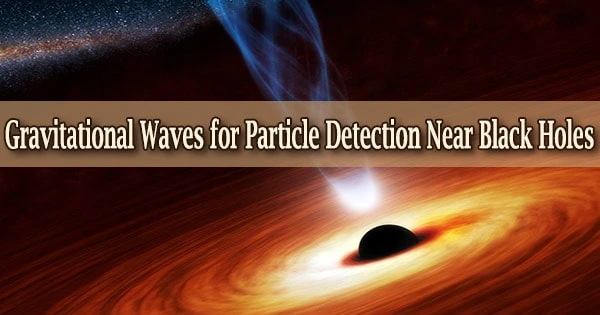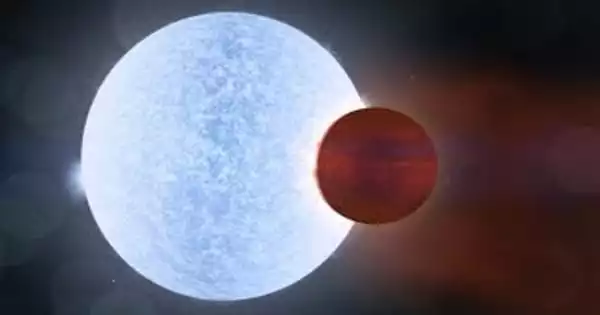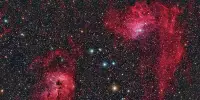Black holes that rotate can produce ultra-light particle clouds. Now, researchers from Harvard University and the University of Amsterdam have demonstrated that these clouds would leave a distinctive mark on the gravitational waves that binary black holes release.
The widespread consensus is that black holes consume all nearby matter and energy. However, it is well known that they can also lose some of their mass through a procedure known as super-radiance.
This phenomenon is known to exist, but it can only function if new, very low-mass particles that have not yet been discovered in nature exist in the real world, as suggested by various theories that go beyond the Standard Model of particle physics.
Einstein’s theory of general relativity, which demonstrated when a big star dies, leaves behind a small, dense remnant core, is most famous for foretelling black holes. The equations demonstrated that if the core’s mass is more than roughly three times that of the Sun, the force of gravity will outweigh all other forces and result in the creation of a black hole.

Ionizing gravitational atoms
When mass is removed from a black hole using super-radiance, a huge cloud known as a gravitational atom is formed around the black hole. The comparison with sub-microscopic atoms is correct despite the gravitational atom’s enormously bigger size because the black hole and its cloud have a structure that is comparable to that of regular atoms, where clouds of electrons surround a core of protons and neutrons.
Space-time “ripples” known as gravitational waves are produced by some of the Universe’s most ferocious and intense phenomena. In 1916, Albert Einstein foresaw gravitational waves in his general theory of relativity.
This week, a group led by Harvard University physicist John Stout and including UvA scientists Daniel Baumann, Gianfranco Bertone, and Giovanni Maria Tomaselli suggested that the comparison between regular and gravitational atoms goes deeper than just structural similarity.
They assert that future gravitational wave interferometers will be able to use the similarity to discover new particles. Researchers looked at the gravitational equivalent of the ‘photoelectric effect’ in their most recent work.
Ordinary electrons are ejected from material by this well-known mechanism, which is used, for instance, in solar cells to generate an electric current by absorbing the energy of incident light particles.
Supernovae, which are huge stars that explode at the end of their lives, colliding neutron stars, and colliding black holes are some of the catastrophic events that cause the greatest gravitational waves. Other waves are projected to be produced by the rotation of imperfectly spherical neutron stars and perhaps even by the lingering gravitational radiation from the Big Bang.
In the gravitational analogue, the existence of the massive companion, which may be a second black hole or a neutron star, causes the gravitational atom to be disrupted when it is a part of a binary system of two heavy objects.
The cloud of ultra-light particles can absorb the orbital energy of the companion, just as the electrons in the photoelectric effect can absorb the energy of the incident light. As a result, some of the clouds is ejected from the gravitational atom.
Finding new particles
The researchers showed that this method may considerably shorten the amount of time needed for the components to merge together, changing the evolution of such binary systems.
Furthermore, we observe distinct characteristics in the gravitational waves from such mergers because the ionization of the gravitational atom is amplified at very particular distances between the binary black holes.
Future gravitational wave interferometers could detect these effects. These instruments will resemble the LIGO and Virgo detectors, which during the past few years have revealed the first gravitational waves from black holes. Finding the gravitational atoms’ anticipated characteristics would be clear proof of the existence of new extremely light particles.
















